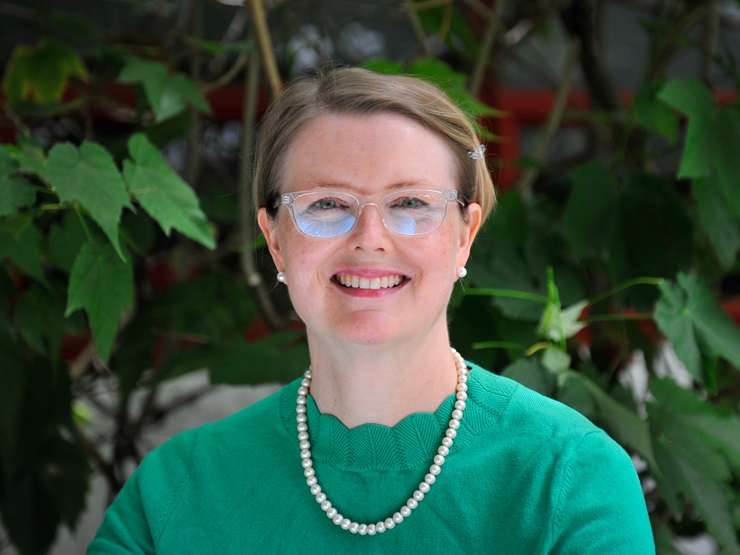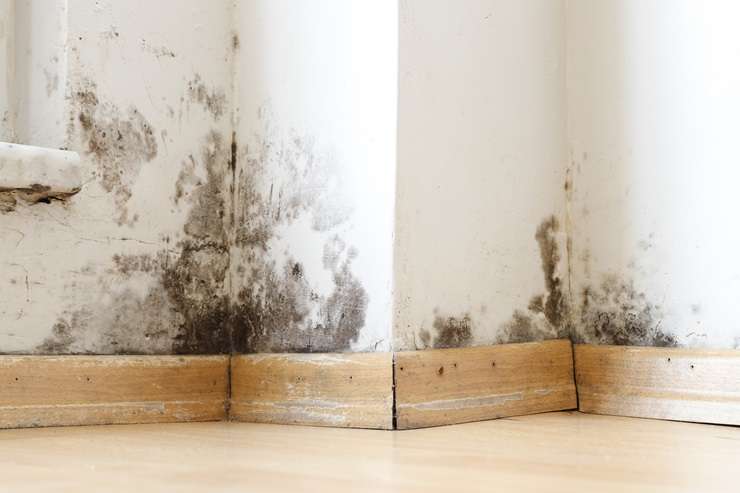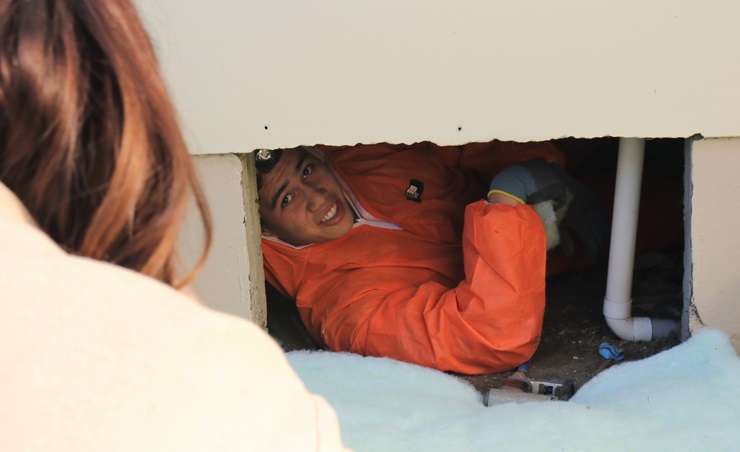- Expert concerned about the quality of Healthy Homes assessments due to self-assessment and lack of certification.
- Demand for Healthy Homes upgrades has surged, with insulation and ventilation jobs being the most requested.
- Landlords are urged to comply by July 1, with potential penalties for non-compliance reaching $50,000.
An expert has raised concerns about the quality of Healthy Homes assessments being carried out as landlords make a mad dash to meet the July 1 deadline for compliance with legislation governing rental properties.
Start your property search
The warning comes amid a surge in demand for Healthy Homes-related upgrades. They currently make up about 23% of all job requests coming through the online tradies marketplace so far this year, up on 18% last year.
University of Otago senior research fellow Dr Lucy Telfar-Barnard commended landlords for bringing their rental properties up to standard, but said there were still some flaws in the system.
The biggest problem was that landlords could self-assess, and anyone could call themselves a Healthy Homes assessor and issue certificates, she said.
“There’s no independent certification system for Healthy Homes assessors, and it’s not compulsory. Tenants need to know that a home has been certified by someone independent.”

University of Otago senior research fellow Dr Lucy Telfar-Barnard says there are some major flaws with the Healthy Homes assessment process. Photo / Supplied
It was also a problem for landlords, some of whom had been issued with assessments that didn’t make sense or had been given conflicting advice around what was required.
“The consistency isn’t there. They are paying $150 to $250 for an assessment ... and there’s no guarantee it means anything.”
Telfar-Barnard said it was extremely important that rental properties met the Healthy Homes standards because warmer and drier homes led to better health outcomes and fewer hospitalisations.
All the standards were important, she added, but the order of priority should be insulation, energy-efficient heating and then ventilation, noting that all three helped eliminate mould.
Discover more:
- OneRoof’s Need to Know: Who's the famous ‘liar’ with the Daimler out front?
- NZ’s answer to Kirstie Allsopp on life with ACT leader David Seymour
- Queenstown mansion sets NZ house price record with $45.5m sale
Builderscrack spokeswoman Rachel Radford said the spike in job requests coming through the online tradies marketplace this year suggested some landlords had left compliance to the last minute.
Demand for Healthy Homes-related work had steadily increased in 2024 and was even stronger this year, she said.
Insulation jobs made up about 35% of its Healthy Homes-related work this year, while ventilation jobs made up 29%. Jobs addressing moisture represented 13% of Healthy Homes work, while heating and draught solutions represented 6.5%.
Most insulation jobs were priced between $1000 and $2000 and typically involved multiple areas of the house and required ceiling and underfloor access, while most of the ventilation jobs requested last year were on the smaller scale and valued at under $1000.

Good ventilation is one of the main ways of preventing mould. Photo / Getty Images
Jobs valued at over $2000 usually addressed multiple issues in one visit, such as installing a heat pump and a rangehood.
Radford urged landlords not to delay. “At least get the assessment done so you know what you are dealing with, so you can action at least one of them or two of them.”
Kaiser Property director Alex Shepherd, whose company carries out Healthy Homes certifications and installs insulation, said he was currently getting up to 12 inquiries a day.
Some had come from owner-occupiers who were leaving New Zealand and spending money to bring their homes up to standard for renting out.
NZ Property Investors Federation PR and advocacy manager Matt Ball said most of the federation’s members were ahead of the game when it came to compliance with things like Healthy Homes.
However, one of the quirks with the law was that the same requirements did not extend to owner-occupied properties, he said.

Prime Minister Jacinda Ardern chats with Healthy Homes worker Jonte Hanara in 2021 as he installs under-floor insulation. Photo / Peter de Graaf
“A positive but unforeseen result of this is that investors are buying and upgrading old properties which may not have had any significant work done on them in decades. I have examples from members who have bought houses previously occupied by elderly people, which have needed full upgrades before being rented. This is a great example of how investors contribute to improving the housing stock.”
Depending on the work required, he said some members had been spending up to $10,000 to make an older home fully compliant.
Opes Partners Property Management business development manager Tom Greene agreed that most landlords were getting the work done, noting that the standards were “not particularly onerous”.
“Most of it makes reasonable sense. They haven’t gone to extremes of requiring things like double glazing, which a lot of people assume is part of Healthy Homes.”
Most of the homes Opes was involved with were new builds and largely Healthy Home compliant. However, there were a few minor technicalities that occasionally cropped up. “It’s minor stuff like some of the insulation has shifted in the final works of the property or there’s a draught stop missing off the garage door.”
A Housing and Urban Development spokesperson said the benefits of regulatory compliance that could be achieved through WOF inspection requirements were outweighed by the additional regulatory costs.
“The Healthy Homes standards focus on minimum standards that will have the greatest impact on the warmth and dryness of a home without imposing an unreasonable burden and cost on landlords. The standards make all landlords responsible for providing quality rental housing with set minimum standards for heating, insulation, ventilation, draught stopping, and moisture ingress and drainage.”
An MBIE spokesperson said the focus of its Tenancy Compliance and Investigations Team (TCIT) was to assess compliance with the Healthy Homes Standards so homes were warm, safe and dry. It did not assess how landlords achieved this.
“It is great to see that landlords are taking steps to ensure that their rental properties are up to the Healthy Home standards. Landlords are running a business, and it is their responsibility to get it right. Most landlord want to do the right thing and are doing so and providing more than the minimum standards.”
Large-scale landlords who failed to meet the Healthy Home standards or provide and maintain the premises in a reasonable state of repair could face financial penalties of up to $50,000 and $7200 for smaller-scale landlords.
- Click here to find properties for sale











































































